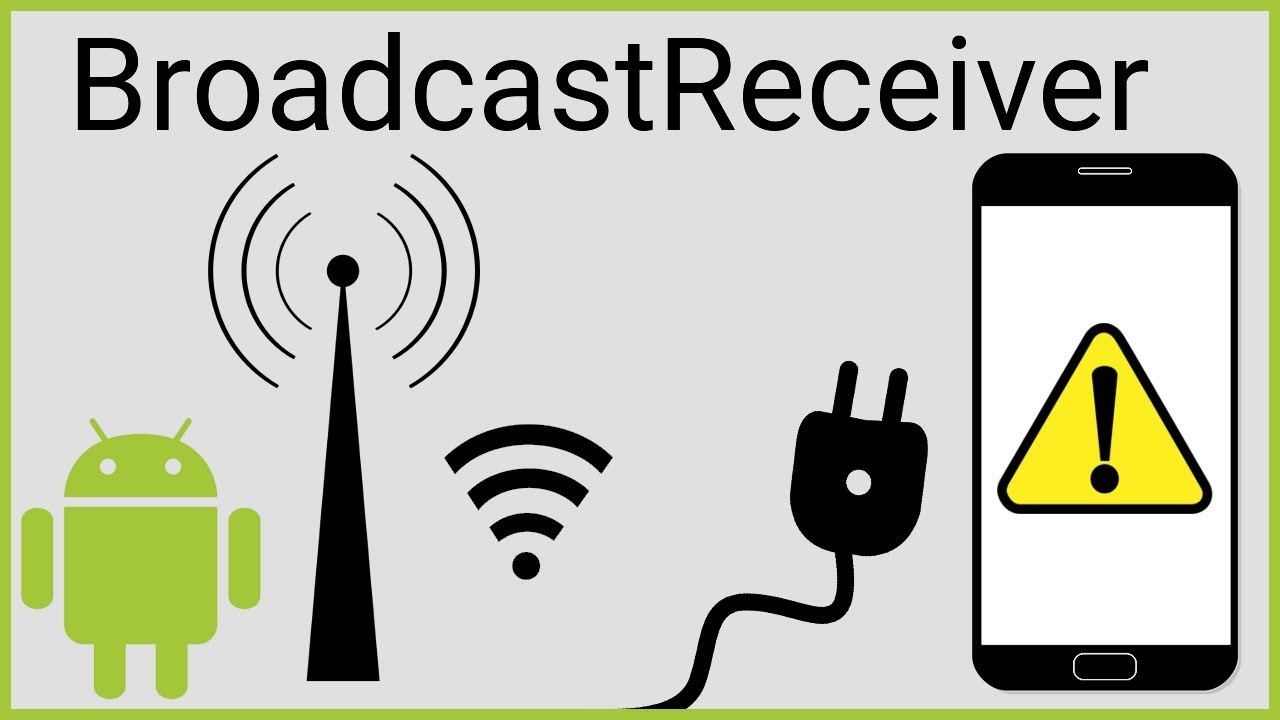Have you ever come across the Broadcast Receiver concept in Android? Wondering what this term is all about? Welcome to the club, as most Android users are still unaware of the Broadcast Receiver definition with no clear idea about the same.
As the name suggests, the Broadcast Receiver is something that responds to broadcast messages from other applications or the system itself. These messages are usually known as events.
Do you want to dig this concept a bit deeper? Continue scrolling the page and find detailed information about the Broadcast Receiver here. We have gathered all the necessary details about the Broadcast Receiver and explained the term with an example for a clear idea. So, without wasting further second, let’s get into it.
Broadcast Receiver – What is it?
The name says it all. Isn’t it? Broadcast in Android is referred to system-wide events that can occur when the device starts or when incoming calls are received, or when a device goes to airplane mode.
These receivers are mainly implemented to intercept broadcast messages and will automatically initiate appropriate action. This application listens for the specific event and generates a response accordingly.
Broadcast Receiver is further divided into two parts – Static and Dynamic. Static Broadcast Receivers are those declared in the manifest file and work even if the app is closed. On the contrary, Dynamic Broadcast Receivers are receivers that work only if the app is minimized. To your surprise, most broadcasts are often caught by Dynamic Broad Receivers.
Leading Examples of Broadcast Receiver Android
Are you still confused about the Broadcast Receiver and looking out for examples to get a clear view? Here’s a quick rundown of some important system-wide generated broadcasts caught by these receivers.
- intent.action.BOOT_COMPLETED: It appears after the system finishes booting.
- intent.action.BATTERY_LOW: Reflects the low battery of the device.
- intent.action.REBOOT: This indicates that the device has rebooted.
- intent.action.CONNECTIVITY_CHANGE: It occurs when the phone switches to another mobile network.
- intent.action.CALL: This appears to perform a call to something specified by the data.
A Step-by-Step Guide to Creating a Broadcast Receiver
Now you are aware of the examples, it’s time to learn how to create a Broadcast Receiver on Android. The process includes two major steps: Creating a Broadcast Receiver and Registering a Broadcast Receiver.
Let’s understand both steps in detail.
1. Creating a Broadcast Receiver
Broadcast Receiver is an abstract class with the onReceiver() method. To create a Broadcast Receiver, onReceiver() must be called first when any event occurs. The intent should contain all the required information and be passed accordingly. In addition, you must look out for the context. startActivity(myIntent) to initiate an activity.
2. Registering with Broadcast Receiver
Once you have created the Broadcast Receiver, it’s time to register it. You can register the Broadcast Receiver in two ways – either by defining it in the AndroidManifest.xml or defining it programmatically.
Conclusion
This brings the guide to the Broadcast Receiver example to an end. We hope our research has helped you learn about this concept and inspired you to create a personalized one. You can also unregister the Broadcast Receiver using the onStop() or onPause() command.
Also, ensure you use the right snippet whenever creating or registering the Broadcast Receiver. Connect with your experts if you face any query regarding the Broadcast Receiver, and we will be readily available to help you.

